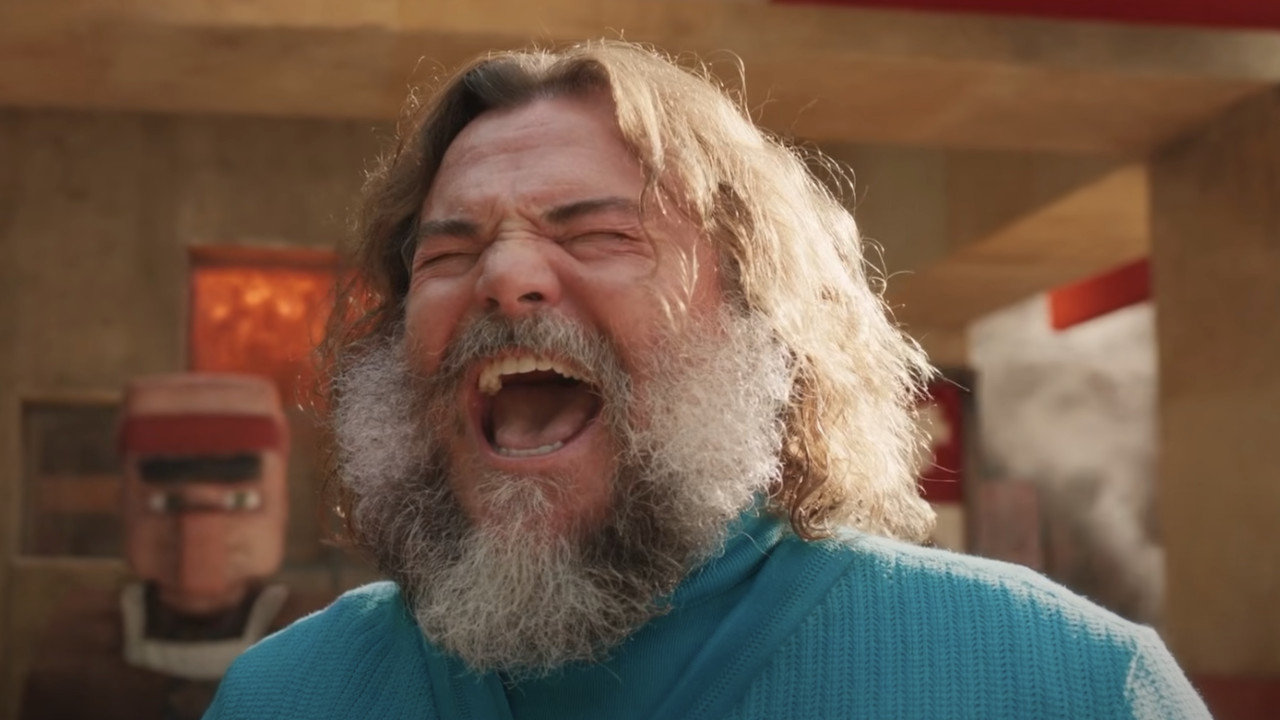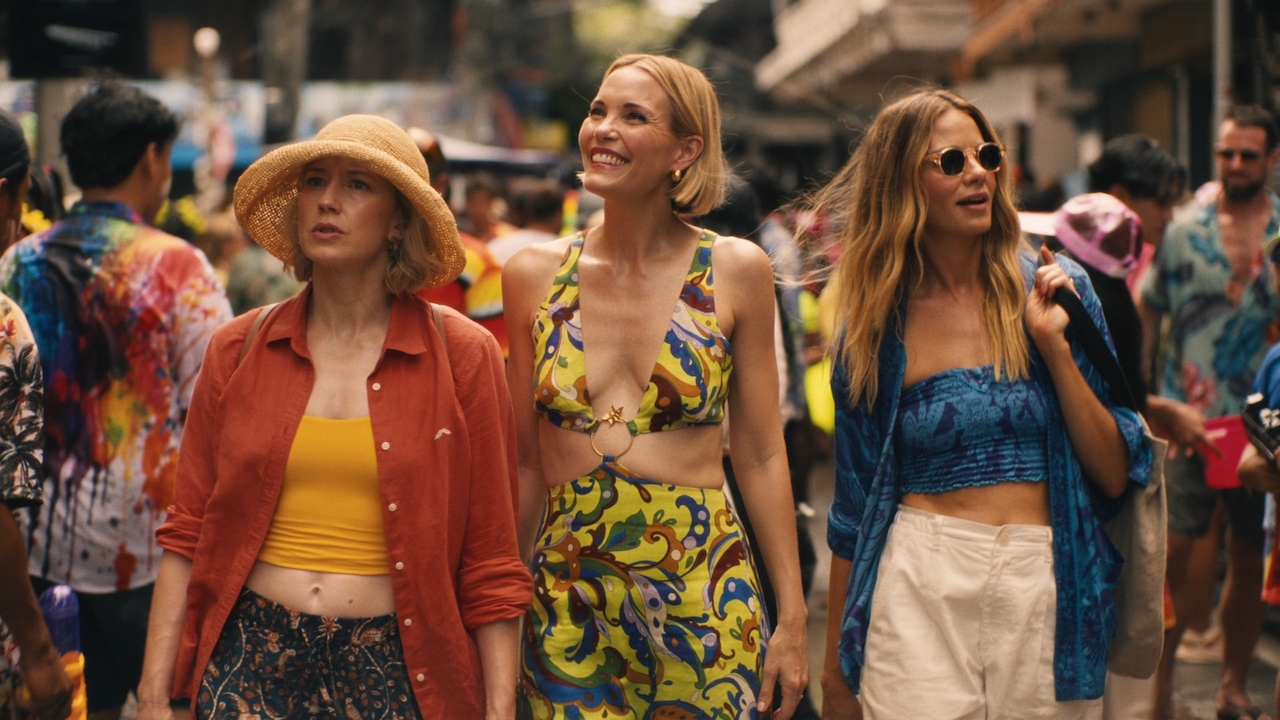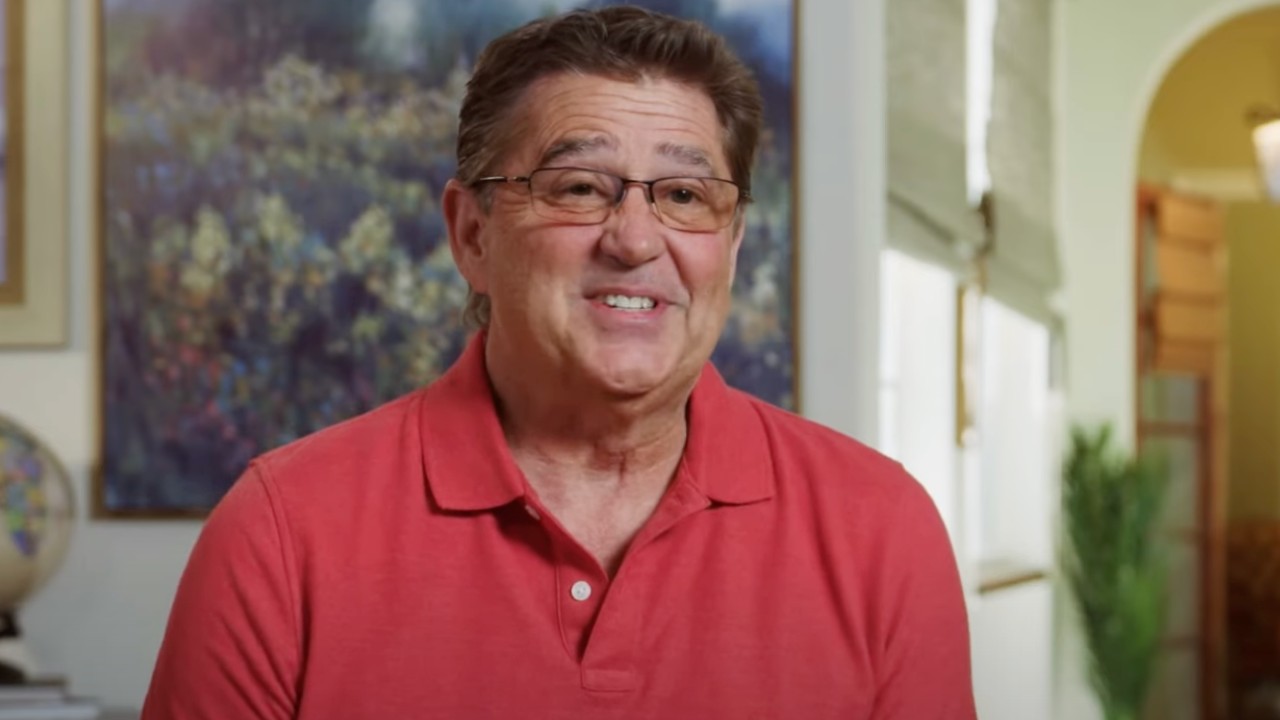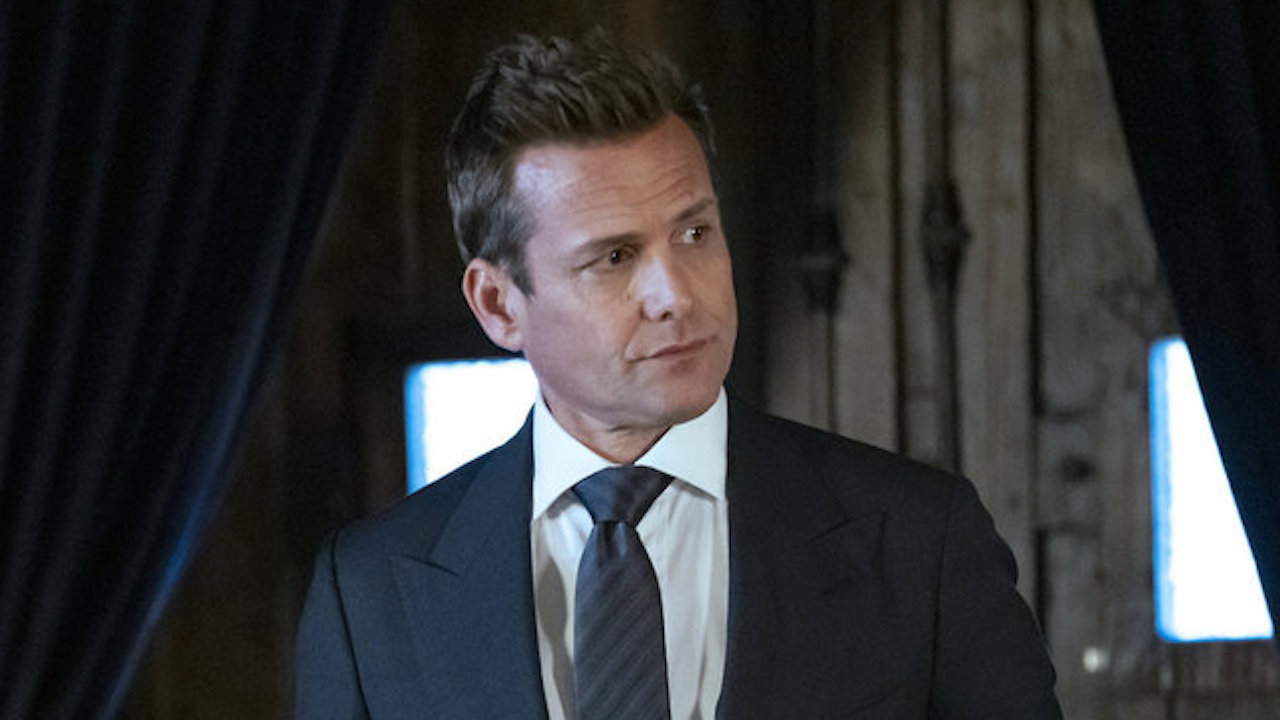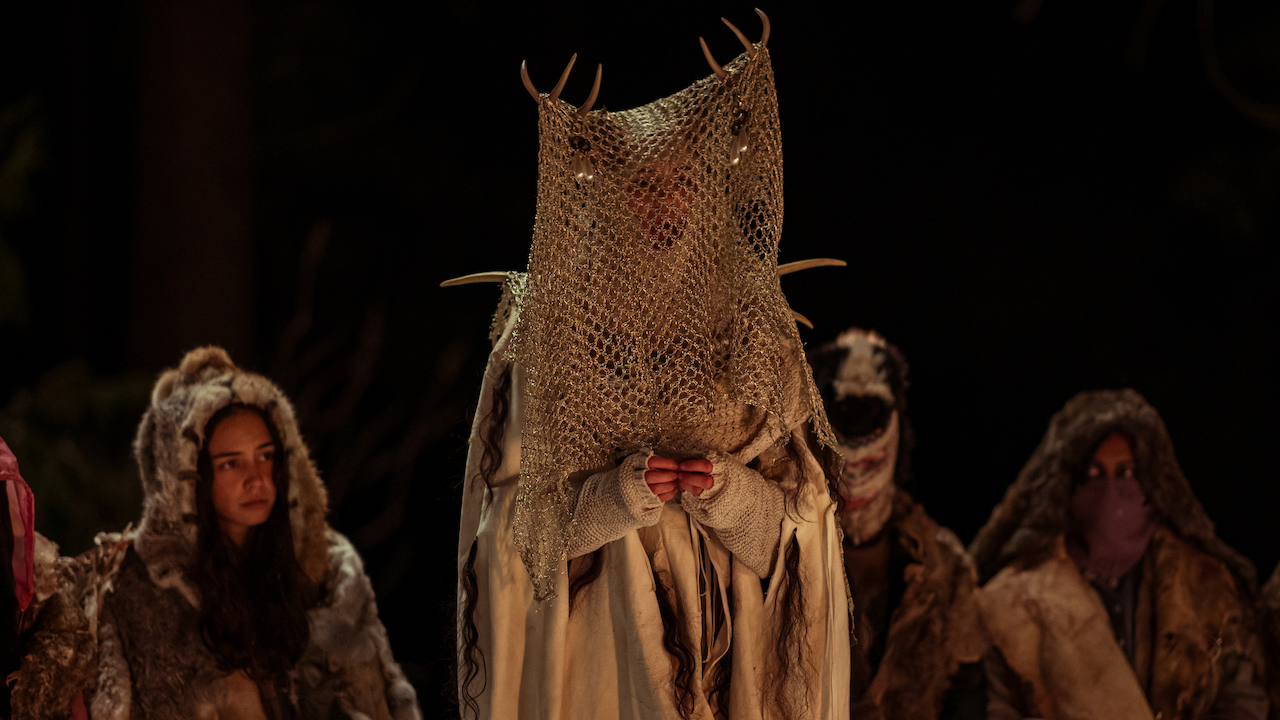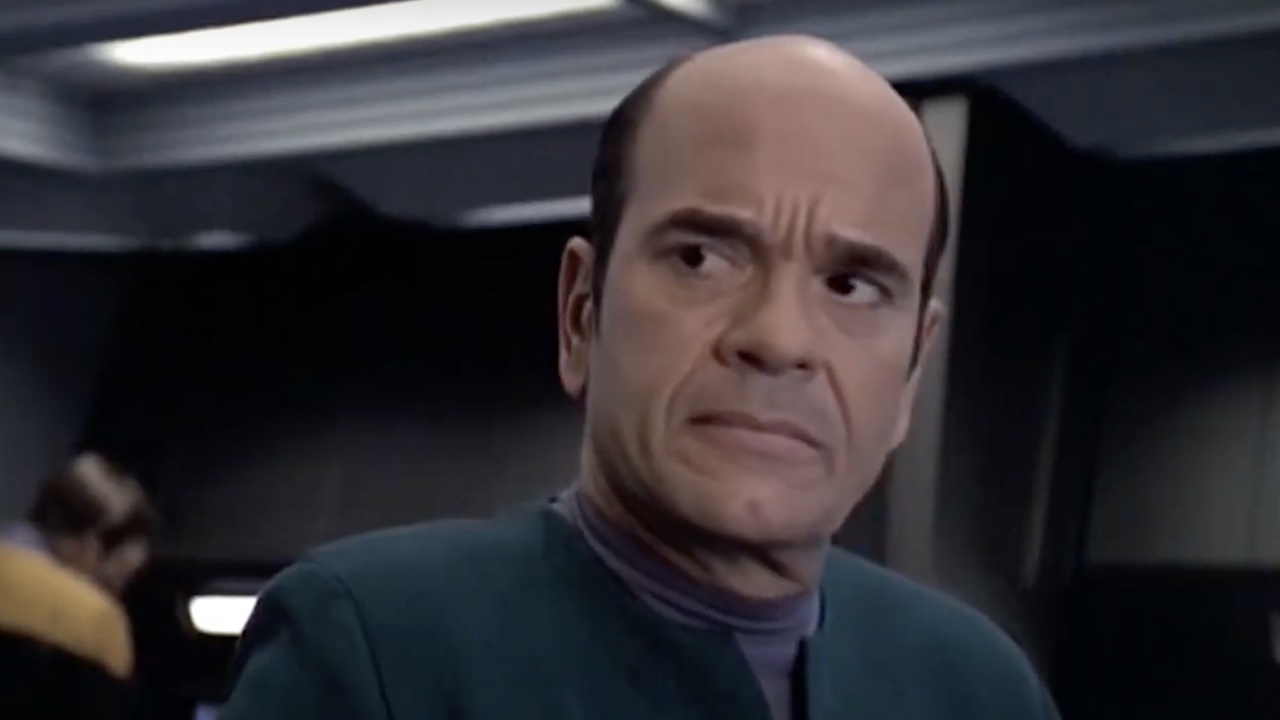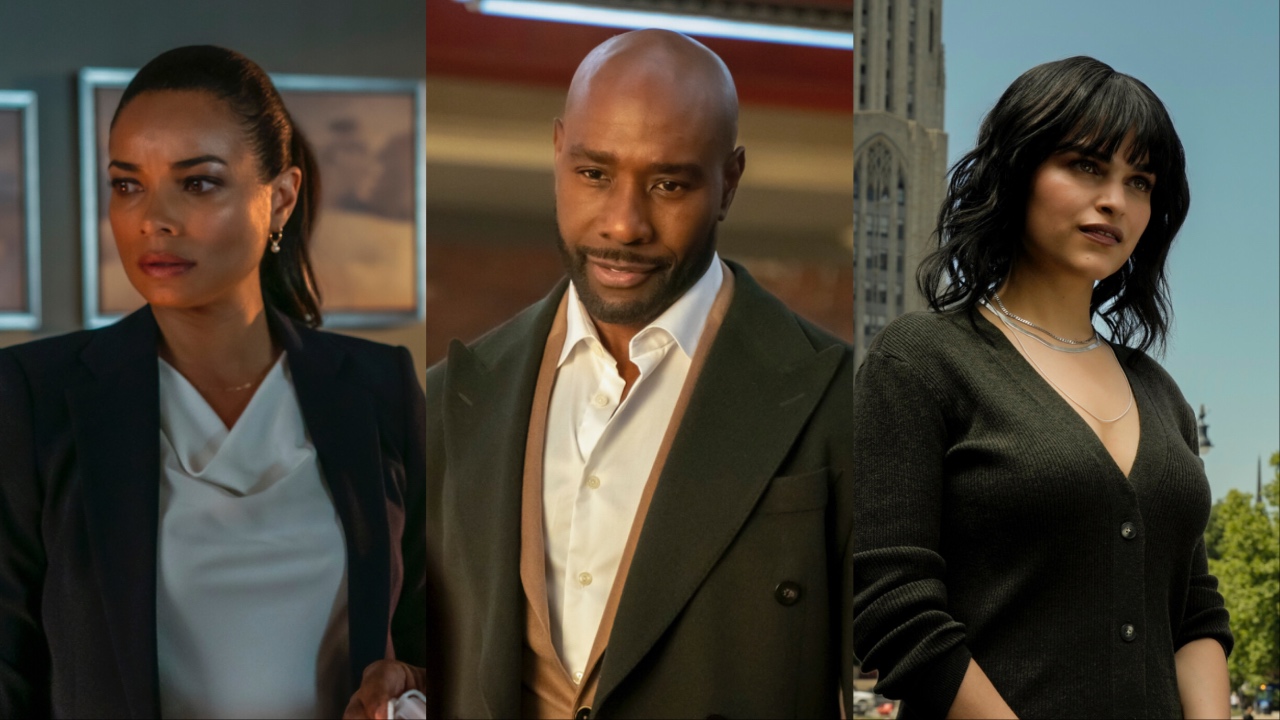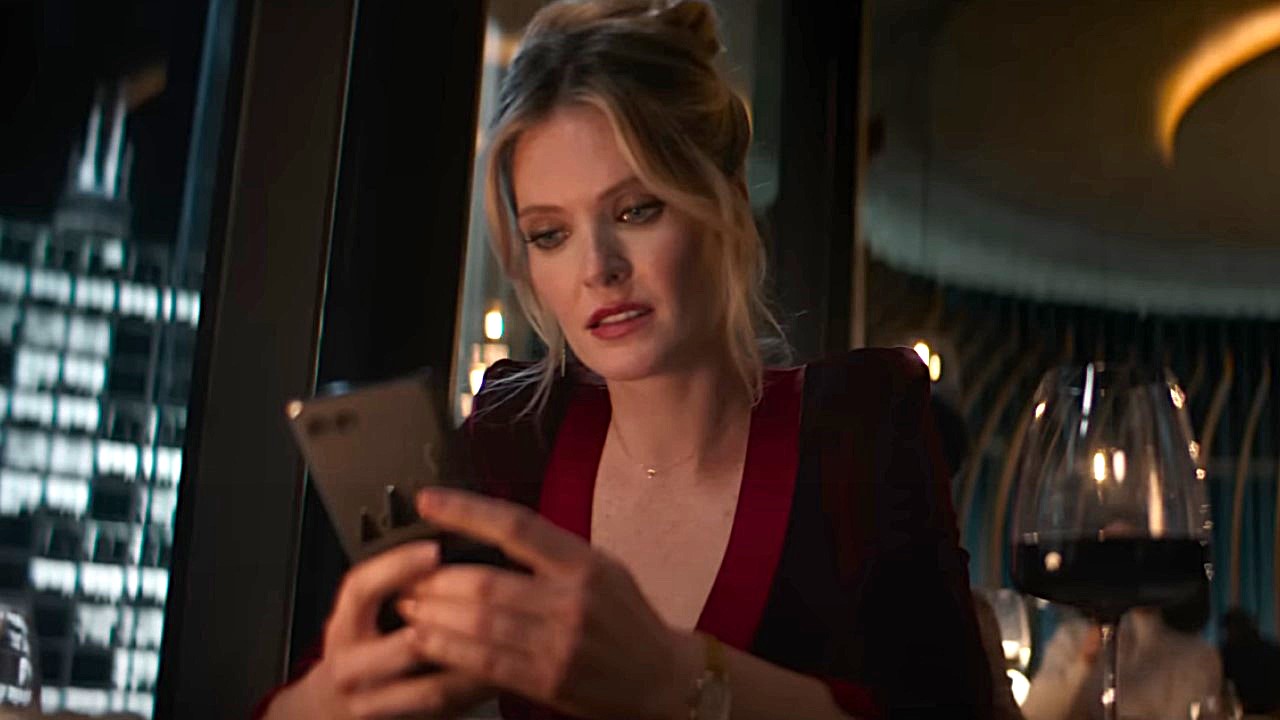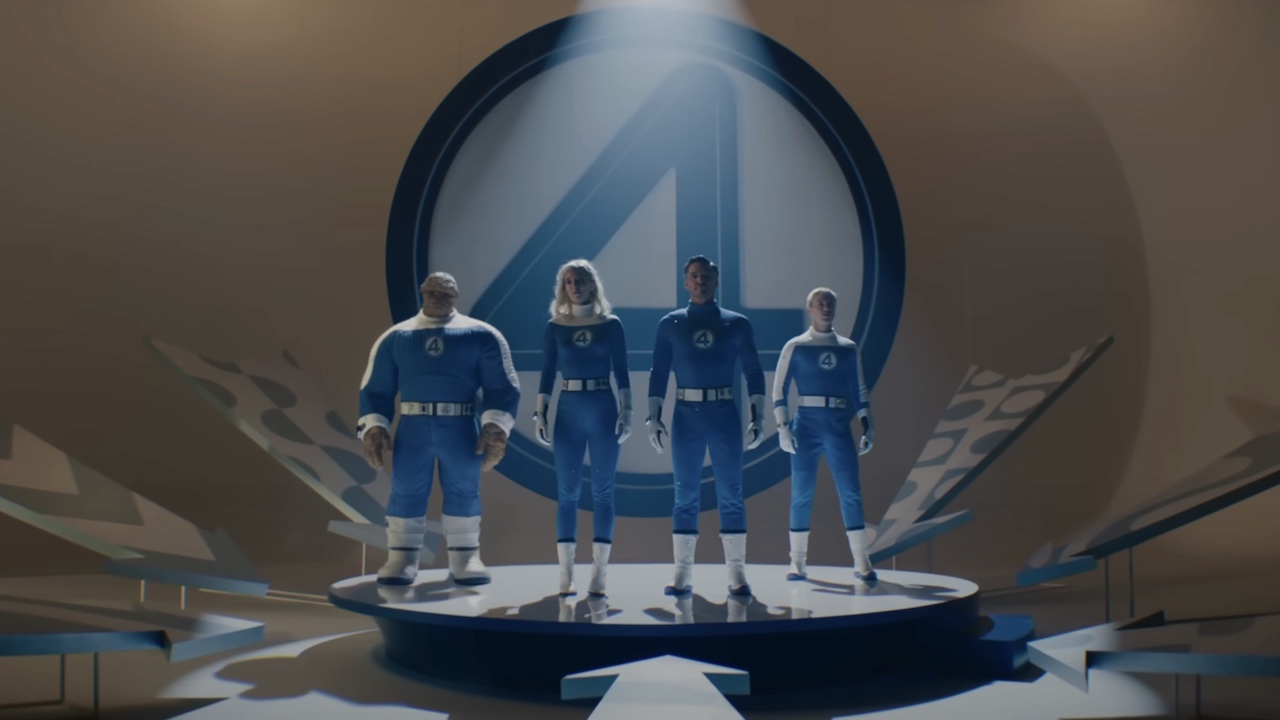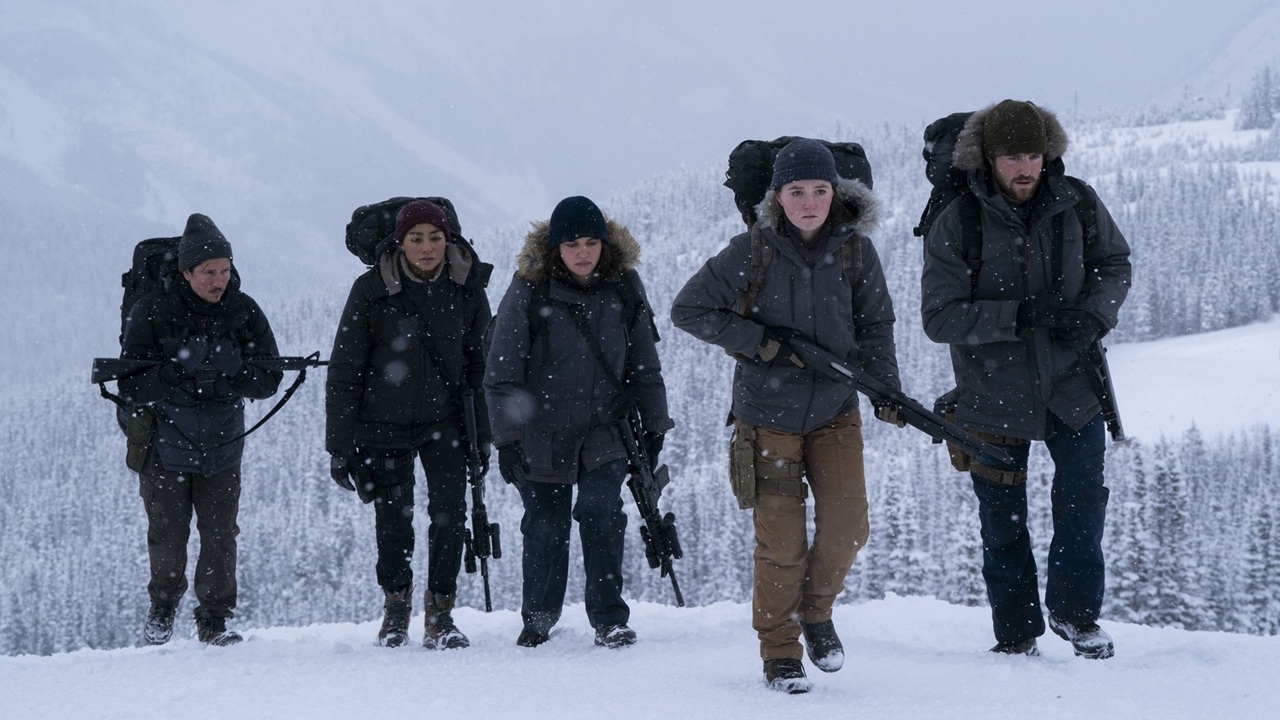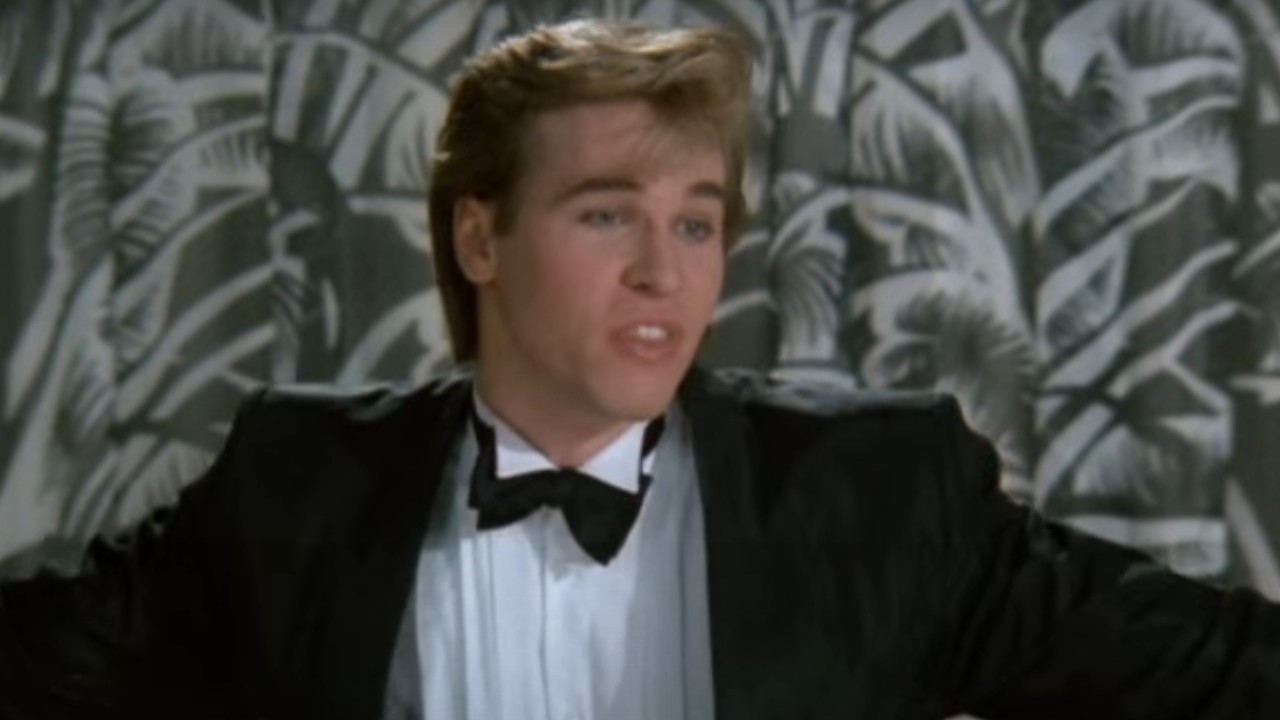Monty Python And The Holy Grail: 8 Behind-The-Scenes Facts About The Classic Comedy
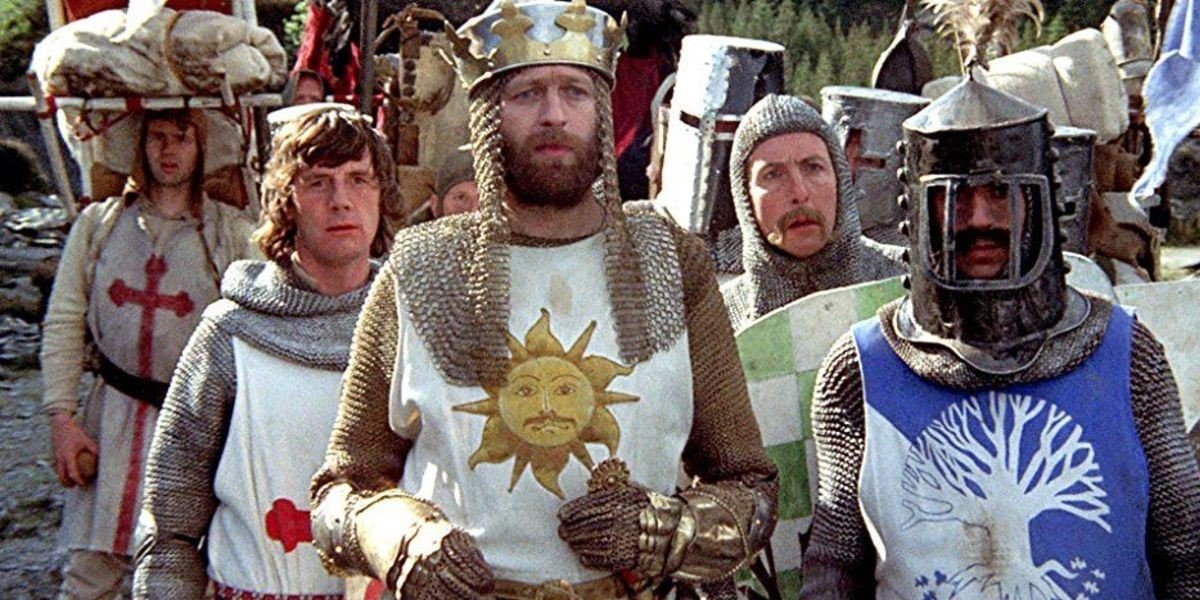
The King Arthur legend has been adapted to film many times, however its most memorable iteration is very possibly the comedy classic Monty Python and the Holy Grail. The first feature film outing for the seminal British comedy troupe is an often quoted, and now often memed, movie that doesn’t show its age despite pushing 50 years.
Just as there’s never a bad time to rewatch the likes of John Cleese, Graham Chapman, Michael Palin, Eric Idle and the late Terry Jones gallop around with coconuts, there’s never a bad time to learn about behind-the-scenes facts from Monty Python and the Holy Grail.
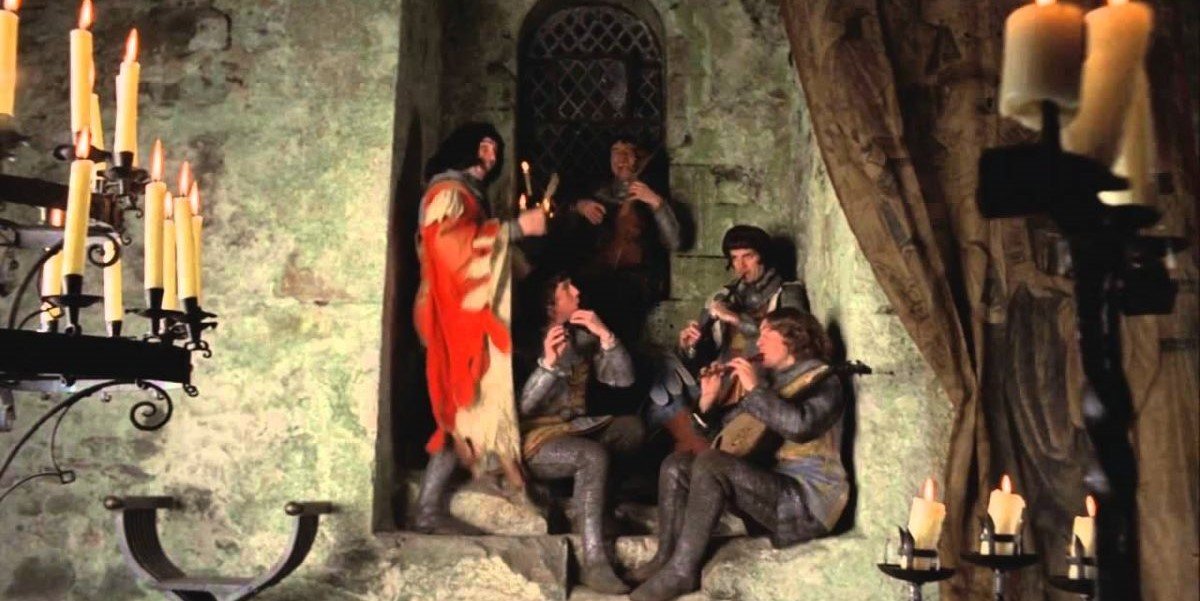
Led Zeppelin, Pink Floyd And Jethro Tull Helped Fund The Holy Grail
Despite being a hit on British television, the British film industry wasn’t lining up to fund Monty Python's first movie. Instead, it was members of the music industry that came to the rescue and helped bring this quest for the Holy Grail to the big screen.
In an interview with Rolling Stone, with additional details later added on Twitter, Eric Idle explained bands like Led Zeppelin, Pink Floyd and Jethro Tull’s Ian Anderson, as well as other record companies, ponied up a good chunk of the budget.
Per Idle, Led Zeppelin contributed £31,500; Pink Floyd gave £21,000 and Ian Anderson added £6,300. Alone, that amounted to just about a quarter of the £229,575 budget (per IMDb).
Musicians coming to the rescue of early Monty Python films was something of a trend. The Beatles’ George Harrison was a major contributor for the group’s follow-up film, Life of Brian.
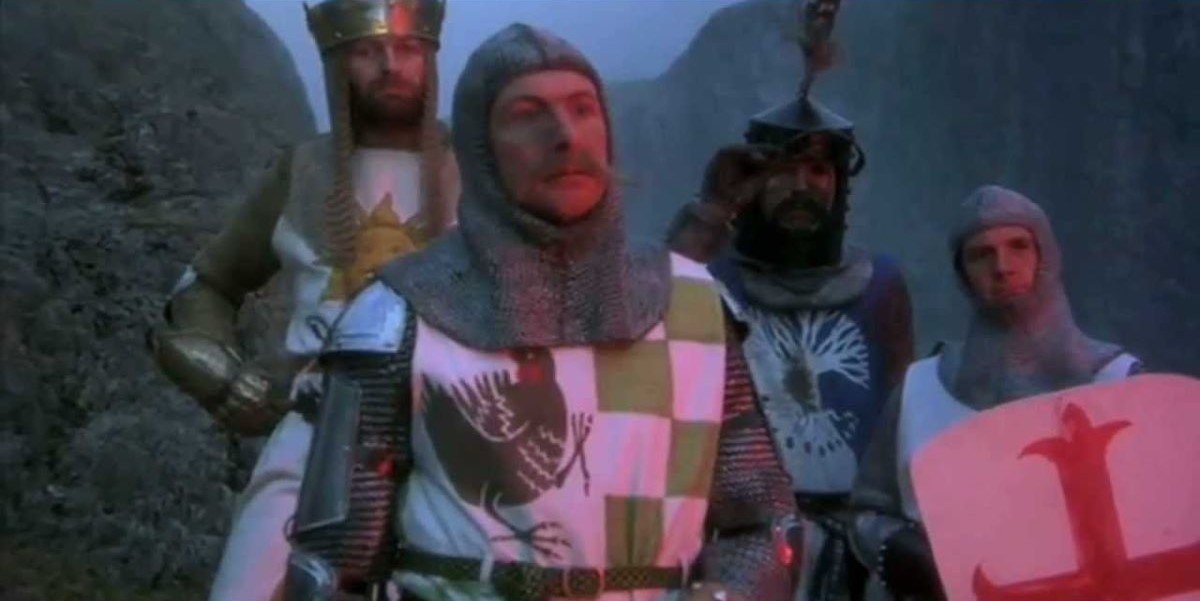
The Camera Broke On The Very First Shot Of The Movie
As previously mentioned, Monty Python and the Holy Grail was the troupe’s first foray into feature films. Rather than bring in an outsider with experience to direct the project, the Pythons stayed in the family, having Terry Gilliam and Terry Jones serve as co-directors (in addition to their on-screen, writing and Gilliam doing the animation) for what would be their first feature film.
CINEMABLEND NEWSLETTER
Your Daily Blend of Entertainment News
Things did not get off to the best start for the duo. In a behind-the-scenes documentary produced by the BBC, Gilliam told the story of the trial by fire they received:
The first couple of days we just sort of leaped into it. Immediately, we first of all had chosen an impossible location, about a half a mile up Glen Coe, so everything had to be hunked by sherpas up the mountain. We got up there, the very first shot of the film, the big moment, the camera turns and it jams. So we didn’t have a sound camera and all of our great laid plans were suddenly up in the air. We panicked and we just had to try and get a film made suddenly on the spot, because we had this incredible location, no camera and no experience; that’s the worst thing.
Of course, Jones would go on to direct Monty Python’s Life of Brian and The Meaning of Life, while Gilliam has directed films like Brazil, The Fisher King, 12 Monkeys and his decades-in-the-making The Man Who Killed Don Quixote.
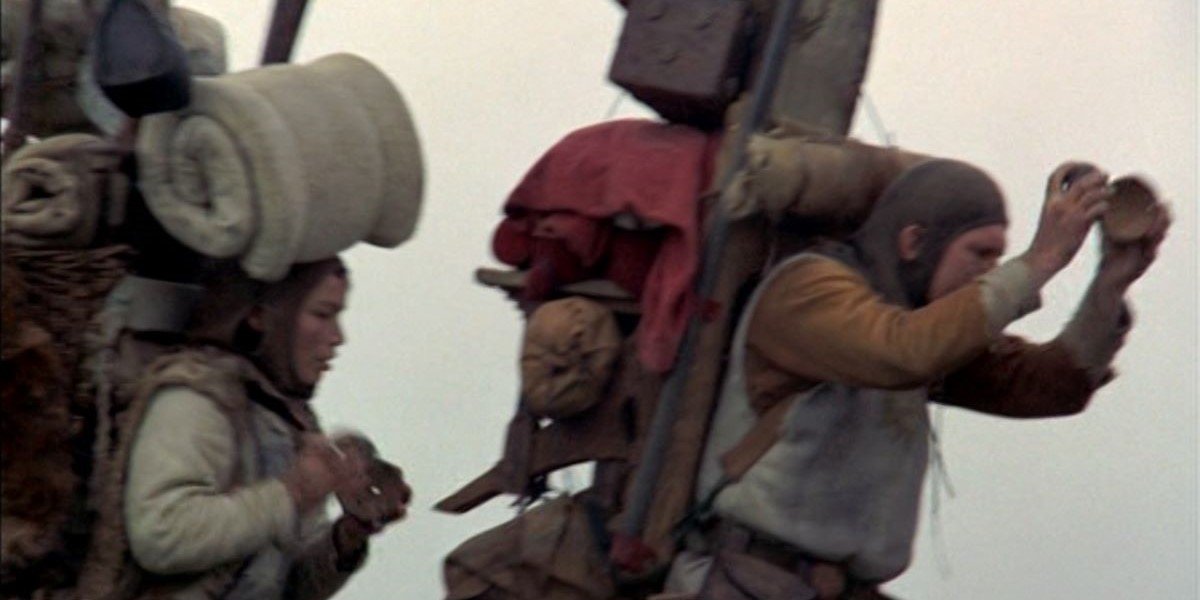
Michael Palin Conceived The Use Of Coconuts To Replace Horses
Need is the mother of invention, and that proved true on the set of Monty Python and the Holy Grail. When the Pythons were writing the script for Holy Grail, they imagined that it would be a first-rate period production, with castles and sophisticated battles and horses. None of that came to be because of the aforementioned budget constraints. I’ll touch upon the castles and battles below, but let’s start off with the horses.
John Cleese, in an interview with Seth Meyers, said that the inspiration to use coconuts to replace actual horses came from Michael Palin. The coconuts have become one of the most iconic elements of the film, as we hear a clip-clop coming over the hill at the start of the film only to see King Arthur skipping along with his servant banging away on some coconuts; then the coconuts serve as the focal point of the swallow argument that became a crux of the entire movie.
It’s almost impossible to imagine Monty Python and the Holy Grail without the coconuts, so thank you Michael Palin.
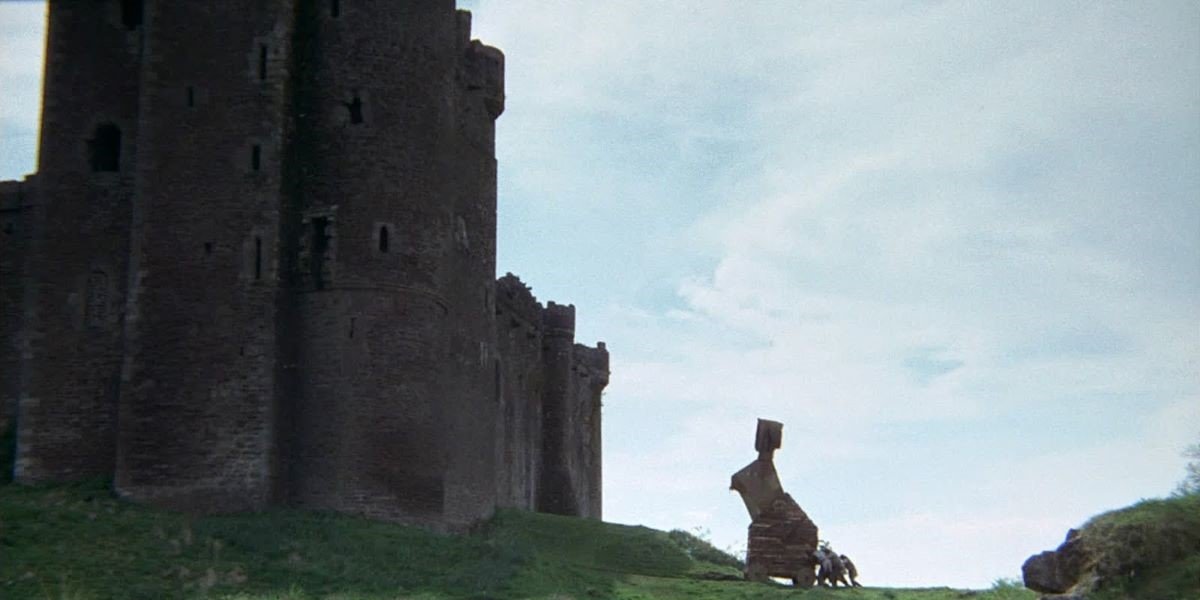
A Single Castle Served For Many Of The Film’s Scenes
While not entirely a factor of the budget, Monty Python and the Holy Grail filmed any scene that involved a castle at a single location, Doune Castle in Scotland.
The production team had identified multiple castles that they wanted to use for different locations during pre-production, only to have the Department of the Environment for Scotland change their mind at the last minute and deny them from using most of the sites because the film “was not consistent with the dignity of the fabric of the building.”
Doune Castle was all that was left for the film to shoot at, so they used it for the knights’ first encounter with the French, as Swamp Castle and just about any other time you see a castle in the film.
As a result of the beloved status of Monty Python and the Holy Grail, Doune Castle has now become a tourist attraction, one that I personally have enjoyed.
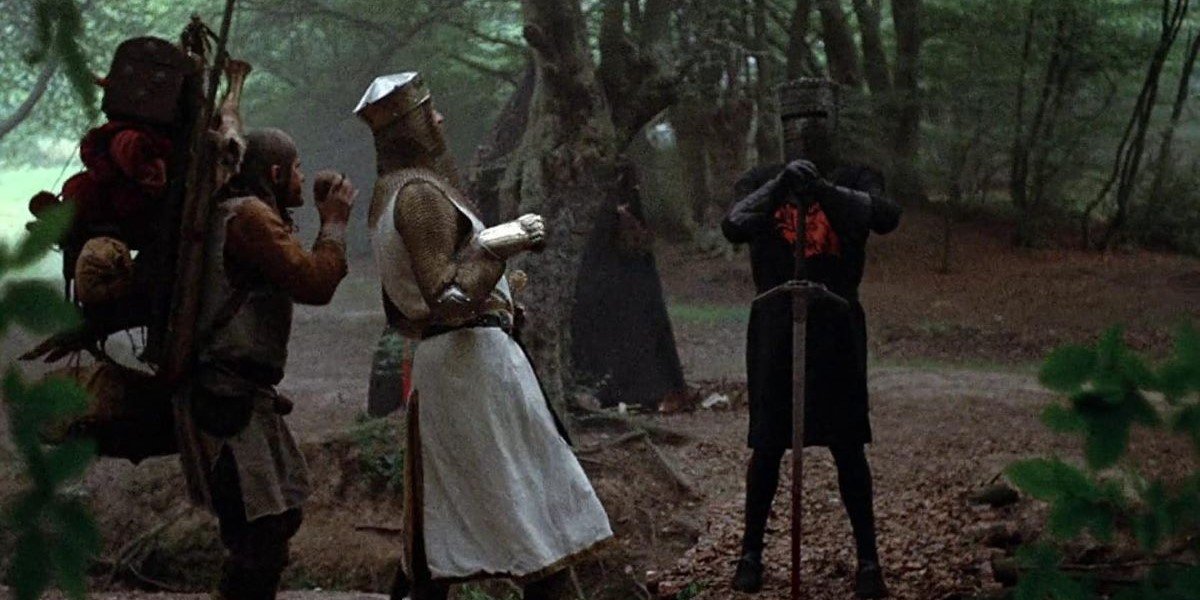
We Almost Had The Pink Knight Instead Of The Black Knight
“It’s just a flesh wound.” The scene where King Arthur battles and defeats a delusional Black Knight is a fan favorite, but it could have been removed or at least juxtaposed by another obstacle on the king’s journey, the Pink Knight.
Notes from Michael Palin that are part of the British Library in London reveal a character in one version of the script known as the Pink Knight, who rather than fight Arthur wants the King of the Britons to give him a kiss on the lips to cross the bridge. The sketch was meant to highlight Arthur’s “very old-fashioned and defensive attitude" toward homosexuality, according to minutes of a script meeting.
According to what Palin told the London Times (via THR), the scene was meant to stress the awkwardness that surrounded the subject of homosexuality in 1973. He notes that because of the change in attitudes, the scene would not have been written today.
Thankfully, Monty Python and the Holy Grail escaped this dated reference ultimately because they decided the scene played too similar to the one with the Black Knight. They made the right choice and the film is as relevant today as it ever was, unless maybe you're a Fox News anchor.
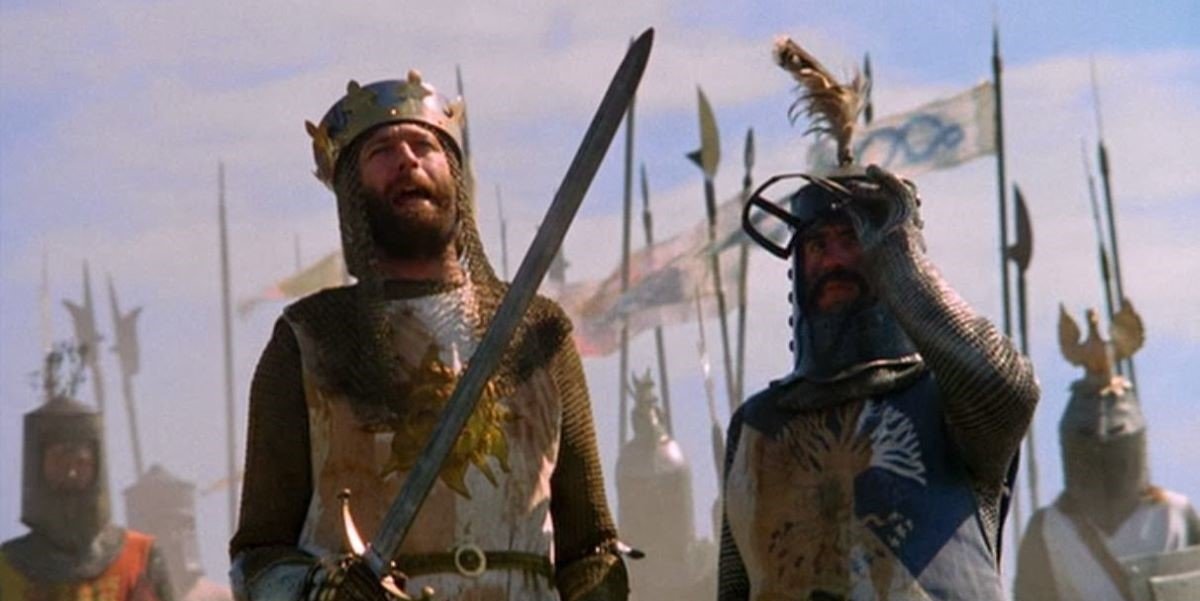
Budget Constraints Prevented The Film From Ending With A Big Battle
Monty Python and the Holy Grail’s ending of Arthur and his knights being arrested before storming the French castle had grander visions originally, which once again had to be readjusted when the budget was factored in.
According to Palin’s notes, the original version of the climactic battle would have seen Arthur and the Knights of Camelot battle it out with the French, and would even include a return visit from the killer rabbit of Caerbannog.
Alas, we will never know what that final battle would look like. Unless … #ReleaseTheGilliamCut? Just kidding.
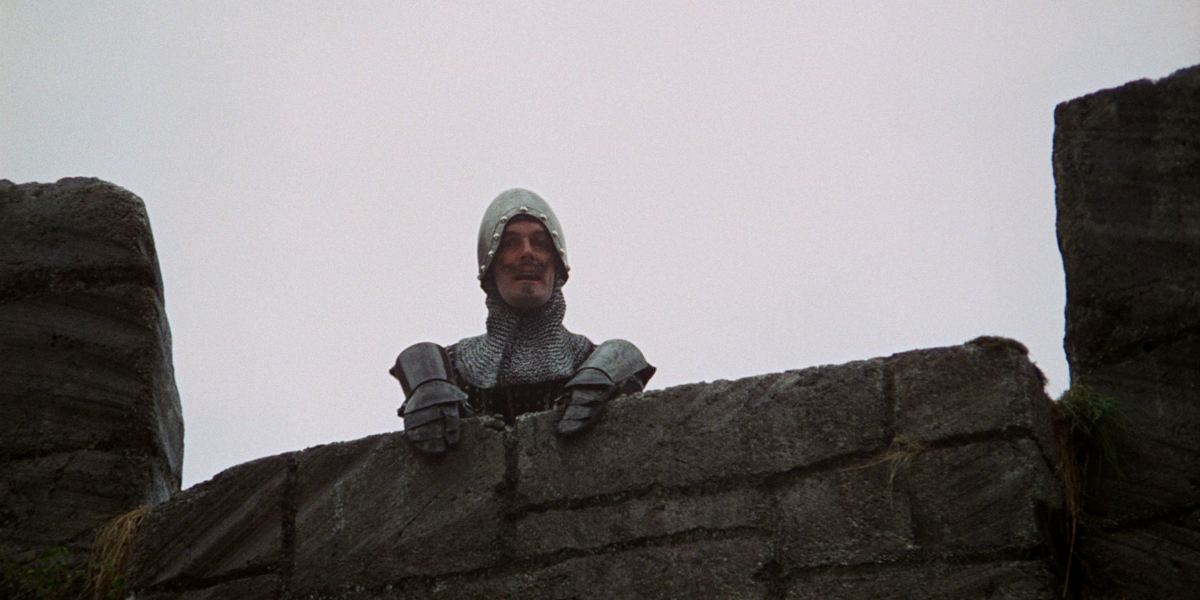
British Censors Wanted to Take Out One Of The Most Quoted Jokes
Part of the allure of Monty Python when they began - and even still today - is the irreverence for just about everything and their willingness to push boundaries. That would sometimes get them into trouble (even more so on projects like Life of Brian), including leading to a fight with British Censors over a much-loved Holy Grail joke.
In a note that producer Mark Forstater posted to the internet a few years ago, it is shown that in addition to the removal of as many “shits” and “Jesus Christs” as they could, the censors wanted them to remove the French taunt “I fart in your general direction” for the film to get an “A” rating, which would have allowed for kids between the ages of 5-14.
Forstater agreed they would make some of the requests by the censors, but he fought to keep “I fart in your general direction” and ultimately won. The film earned an A rating.
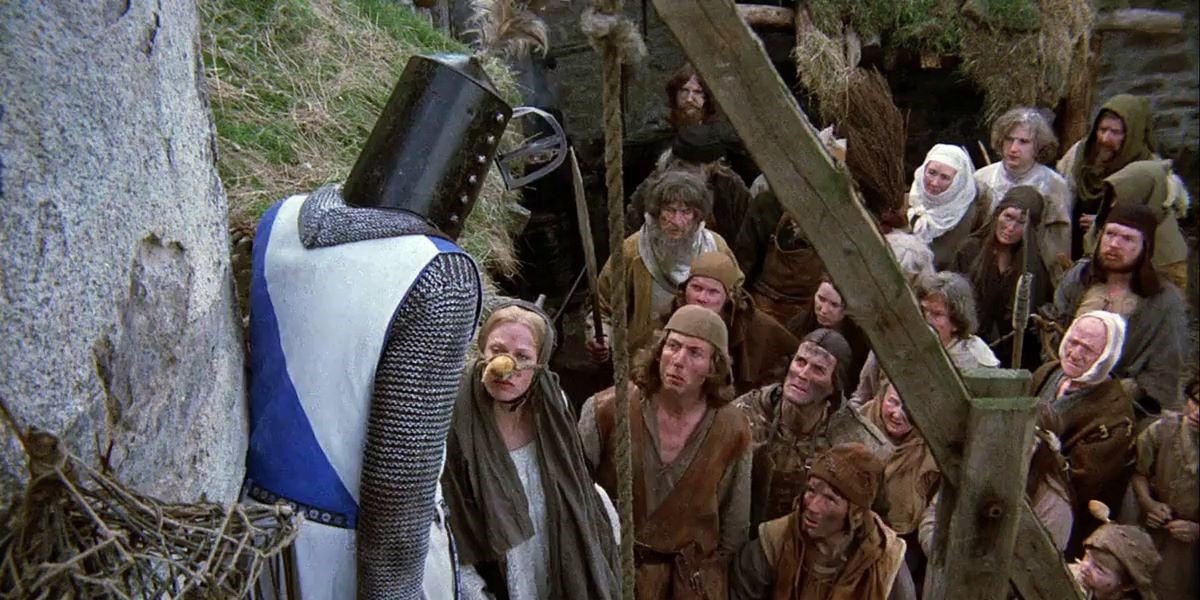
They Did 13 Test Screenings To Get The Film To Its Final Form
Once production was done, it was not easy getting to the film that we know today. One recounting of the making of Monty Python and the Holy Grail quotes Terry Jones as calling the first showing of the film as “a total disaster.” Gilliam recalled that people hated it and walked out.
The Python team would continue to re-edit the film multiple times following test screenings. Eric Idle has been quoted as saying there were 13 screenings of Holy Grail and that they “dragged it towards being funny.”
It worked out. Monty Python and the Holy Grail made a reported $5 million at the box office, about 12-and-a-half times its budget. It also helped spread the group’s popularity across the pond here in the U.S.
Monty Python and the Holy Grail isn't fading away anytime soon. In just a few year's time, we'll be getting a musical version with the adaptation of Spamalot. But for now, you can enjoy the original on Netflix.
D.C.-based cinephile. Will dabble in just about any movie genre, but passionate about discovering classic films/film history and tracking the Oscar race.

